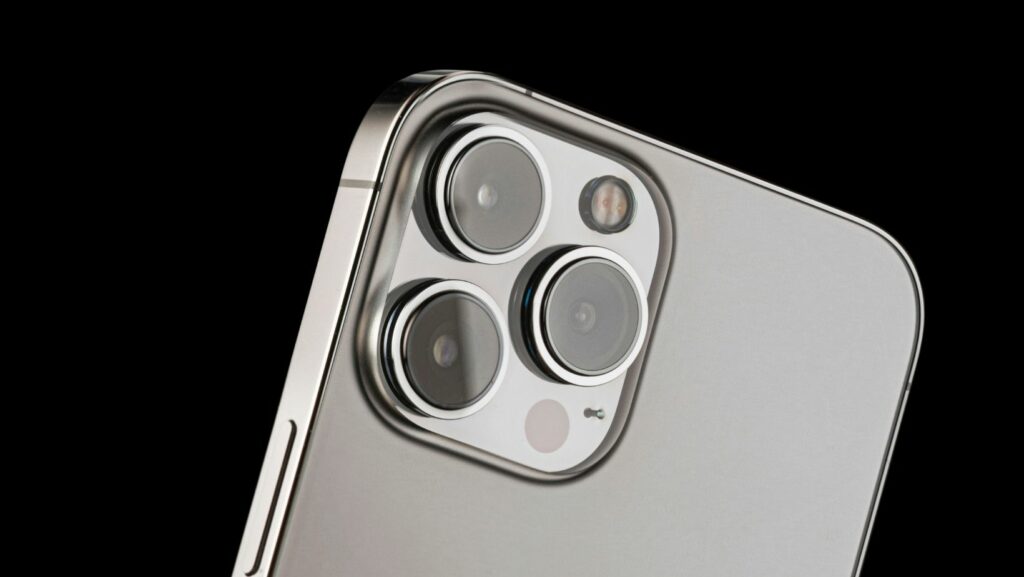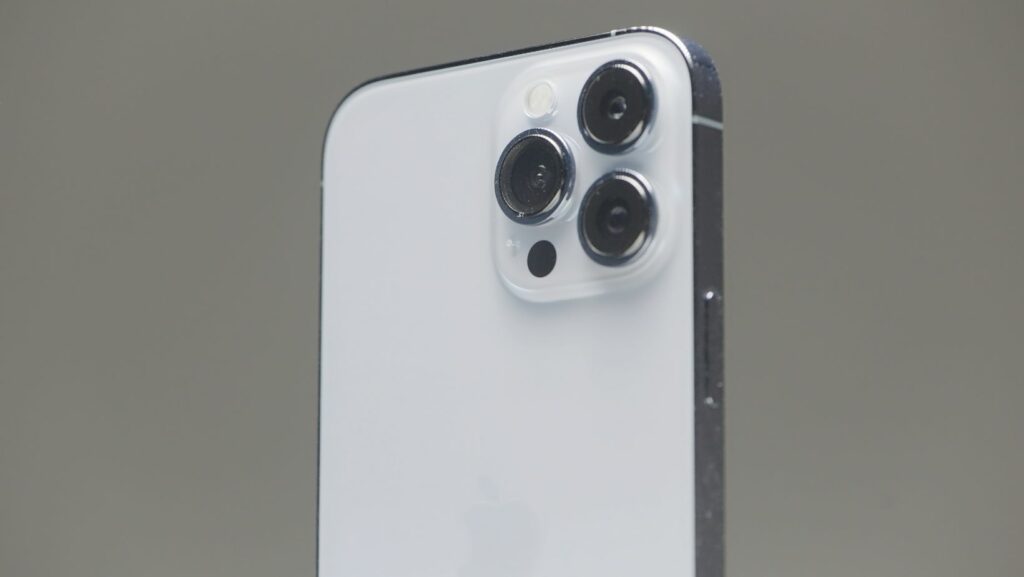In today’s fast-paced digital world, cameras have become more than just tools for capturing memories—they’re essential gadgets for storytelling, creativity, and communication. Whether it’s a professional DSLR or a smartphone camera, understanding the features that make these devices tick is crucial for anyone looking to elevate their photography game.
By delving into the core features that define today’s cameras, enthusiasts and professionals alike can make informed decisions and unlock new possibilities in their photographic journey.
Camera Features
Camera features play a vital role in determining the device’s functionality and image quality. High-resolution sensors capture sharp, detailed images, critical for both amateur and professional photographers. Advanced autofocus systems ensure precision, quickly locking onto subjects to maintain focus even in fast-paced environments.
Image stabilization is essential for reducing blur caused by camera shake, especially useful in low-light conditions. Manual mode provides photographers control over settings like aperture and shutter speed, allowing creative experimentation. In sports or wildlife photography, burst mode captures several frames per second, ensuring the perfect shot.

Connectivity options like Wi-Fi and Bluetooth simplify sharing images and controlling the camera remotely. Underwater photography enthusiasts benefit from waterproof or weather-sealed cameras. Understanding these features enables photographers, regardless of skill level, to make informed choices and fully leverage their equipment.
Image Quality
High image quality represents a key component of camera features, impacting the clarity and detail of photographs. Various elements contribute to superior image quality, making it essential for photographers to understand these aspects.
Megapixels and Resolution
Megapixels measure the detail a camera can capture, with higher megapixels allowing for larger prints without losing quality. Modern digital cameras typically feature sensors ranging from 12 to over 100 megapixels. While more megapixels can enhance resolution, other factors like lens quality and sensor size also play crucial roles.
Sensor Types

Sensor types significantly affect a camera’s image quality. Common sensors include CCD (Charge-Coupled Device), CMOS (Complementary Metal-Oxide-Semiconductor), and BSI-CMOS (Backside Illuminated CMOS). CMOS sensors, found in most modern cameras, offer fast processing and power efficiency. BSI-CMOS sensors improve low-light performance by capturing more light, enhancing image quality in challenging conditions. Understanding these differences helps photographers select cameras that match their specific needs.
Lens Options
Lens options significantly affect a camera’s versatility and image quality, making them a critical consideration when assessing camera features.
Zoom and Prime Lenses
Zoom lenses offer flexibility by covering a range of focal lengths in one lens. They’re ideal for various situations, from landscape photography with wide-angle views to capturing distant subjects with telephoto capabilities. For example, a 24-70mm zoom lens is popular among photographers for its versatility. Prime lenses, on the other hand, have a fixed focal length and are often praised for their superior image quality and low-light performance.
Aperture and Focal Length

Aperture dictates the amount of light entering the camera, affecting depth of field and exposure. A wide aperture (e.g., f/1.8) allows more light, facilitating low-light photography and creating blurred backgrounds. Small apertures (e.g., f/16) increase depth of field, making them suitable for landscapes. Focal length determines the field of view; shorter focal lengths (e.g., 18mm) offer wide views, while longer ones (e.g., 200mm) are excellent for close-ups.
Video Capabilities
Video capabilities in cameras significantly enhance their versatility, enabling both amateur and professional videographers to capture high-quality footage with stunning detail and dynamic range. Understanding the key features within this domain empowers users to make informed choices that align with their videography needs.
Resolution and Frame Rates
Resolution and frame rates are vital aspects of a camera’s video capabilities. Most modern cameras support resolutions ranging from Full HD (1080p) to 4K, with some high-end models offering 6K and 8K options. Higher resolutions provide sharper and more detailed video, beneficial for large-screen displays and professional editing.
Audio Features
Quality audio features complement video capabilities by ensuring clear, professional sound recording. Cameras often include built-in microphones, though external microphone inputs offer enhanced sound quality and are preferred for professional work. Many cameras support additional audio options such as headphone jacks for real-time audio monitoring and adjustable audio levels to fine-tune recordings.
Some models feature advanced audio processing capabilities, including noise reduction and wind filter settings, to improve audio clarity in challenging environments. Incorporating quality audio management systems into camera features enhances the overall production value of video content.



